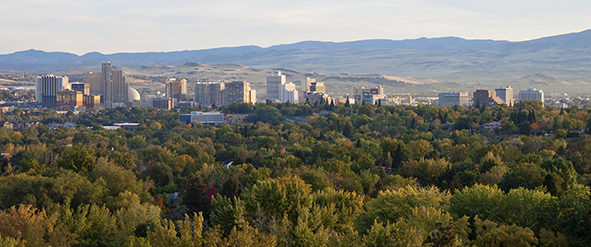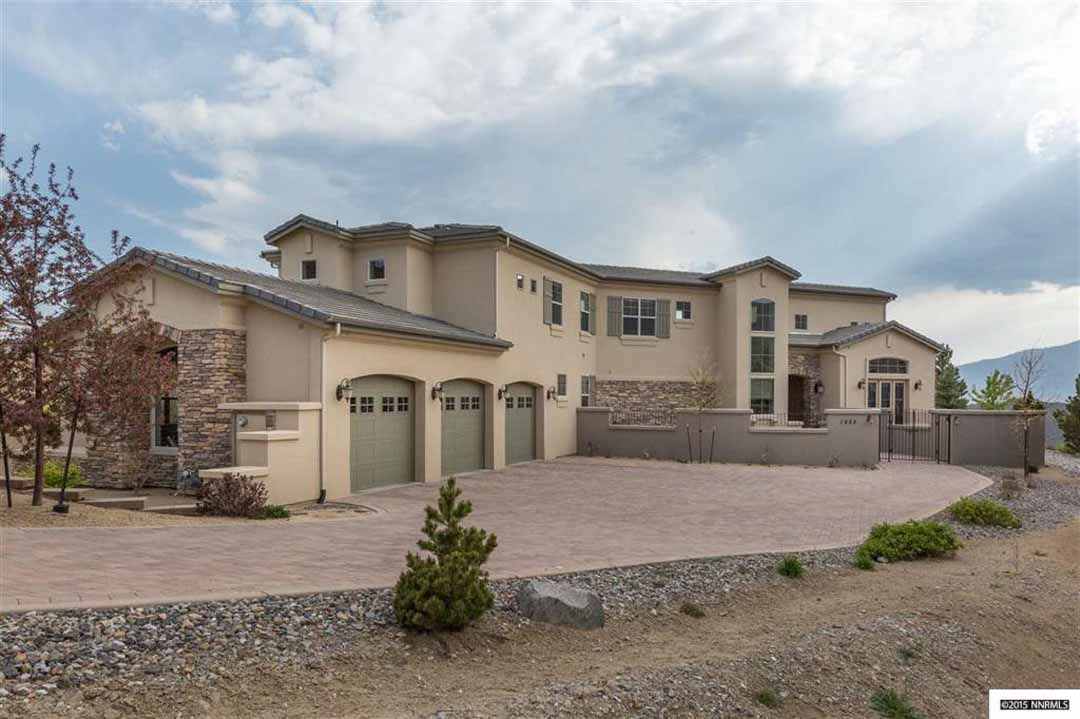
By Nancy Fennell, President & CEO of Dickson Realty
Anyone who realizes I am in the real estate industry asks the question: “How is our market?” My answer for the past year is something like this: our market is certainly on the rebound. In January 2012, our median price for single family homes in Reno/Sparks was $135,000, and at the end of October of this year it was $279,950. In August 2010, there were 450 homes sold in the Reno/Sparks area and in August of this year, that number grew to 525. So, the good news is our real estate market is getting healthier.
 However, our real estate market has many nuances. If you look at the real estate market by price range, here is the story you see at the end of November of this year. The most active part of our market are homes that have sold under $300,000. The second most active part of our market are homes between $301,000 and $600,000. Those two segments make up close to 95 percent of our entire market. The National Association of Realtors states a “balanced market” is six months of inventory. If you use that metric, houses in the Reno/Sparks area listed under $300,000 have about 66 days of inventory on the market, instead of 180 days required to be a balanced market. Homes selling between $301,000 and $600,000 have 106 days of inventory on the market instead of 180, and there lies the challenge. We don’t have enough inventory in those two price ranges. So what happens?
However, our real estate market has many nuances. If you look at the real estate market by price range, here is the story you see at the end of November of this year. The most active part of our market are homes that have sold under $300,000. The second most active part of our market are homes between $301,000 and $600,000. Those two segments make up close to 95 percent of our entire market. The National Association of Realtors states a “balanced market” is six months of inventory. If you use that metric, houses in the Reno/Sparks area listed under $300,000 have about 66 days of inventory on the market, instead of 180 days required to be a balanced market. Homes selling between $301,000 and $600,000 have 106 days of inventory on the market instead of 180, and there lies the challenge. We don’t have enough inventory in those two price ranges. So what happens?
Typically the first level of pricing is our first-time homebuyer market, but if the owners of those homes cannot find a home in the next price range with suitable features and amenities at an acceptable price, they simply stay where they are. Without the natural turnover of inventory or the addition of enough new construction, we don’t have enough inventory to accommodate the first-time home buyers already here, much less those moving to our area with the exciting new companies coming into town. It is hard to think we have a housing shortage in certain price ranges. Although our market has increased each month for the past several years, in the last three months, median prices have dropped.
During the downturn, we lost almost all of our local and regional builders, and now we have very fine national builders. However, they are very cautious with the many mixed signals of the national economy. We also have to be aware of the rising prices in these two price ranges and what that will do to affordability along with the possibility of an interest rate increase by the Federal Reserve Board in mid-December.
Once you get to the inventory over $600,000 to $900,000, you have a more balanced market, even leaning to a “buyer’s market” with 230 days of inventory instead of 180 days. From $901,000 to $1,500,000, there are 467 days of inventory, or almost 16 months, and over $1,500,000 there are 1,022 days of inventory, or 34 months.
So how is the market? There is no question the challenges in the market today are much better challenges to have than what we experienced from 2007 to 2012. In fact, they are on the other end of the scale. Instead of losing more than 50 percent of market value in our housing, high unemployment and homes where their mortgage exceeded the value of the home, we now have rising prices, low unemployment and a growing population. But where will they live? Land in the Reno and Sparks urban areas is getting pricey and building costs are up.
The EPIC report commissioned by EDAWN and members of the Economic Planning Indicators Committee (EPIC) was recently published. The purpose of the study was to forecast how many jobs and residents will potentially be located in the Study Area’s by 2020, based on current and anticipated growth trends. The Study Area was segmented in 18 “EPIC Zones.” Where and how growth will occur was largely based on expected changes in land use patterns and economic activity over the five year time period. The EPIC used a state-of-the-art, well-accepted and widely-used forecasting model developed by Regional Economics Models, Inc. (“REMI”). This model projects the demographic, economic and associated public revenue changes the Study Area is expected to see between 2015 and 2019.
The report provides four possible growth scenarios for a five-county study area comprised of Washoe, Storey, Carson, Douglas and Lyon Counties. The forecast indicates that the region will potentially see job growth between 47,400 to 56,600, and population growth ranging from 42,400 to 64,700 during a five-year period (2015-2019). All great news, but not without some challenges.
Personally, I would love to see some local and regional builders back in the marketplace now that the Construction Defect Laws have been revised that once kept them out and some hope of construction financing available, not to mention a few thousand more construction workers in the area. In the past our local contractors were not publically traded companies and were only focused on our local market. They have and had a different outlook on the housing market combined with a strong entrepreneurial spirit.
So how is our market? Much better, but not without challenges, and it depends on the price range you are talking about.
This article was originally published in the Northern Nevada Business Weekly. You can follow a link to the online version of the article here.


